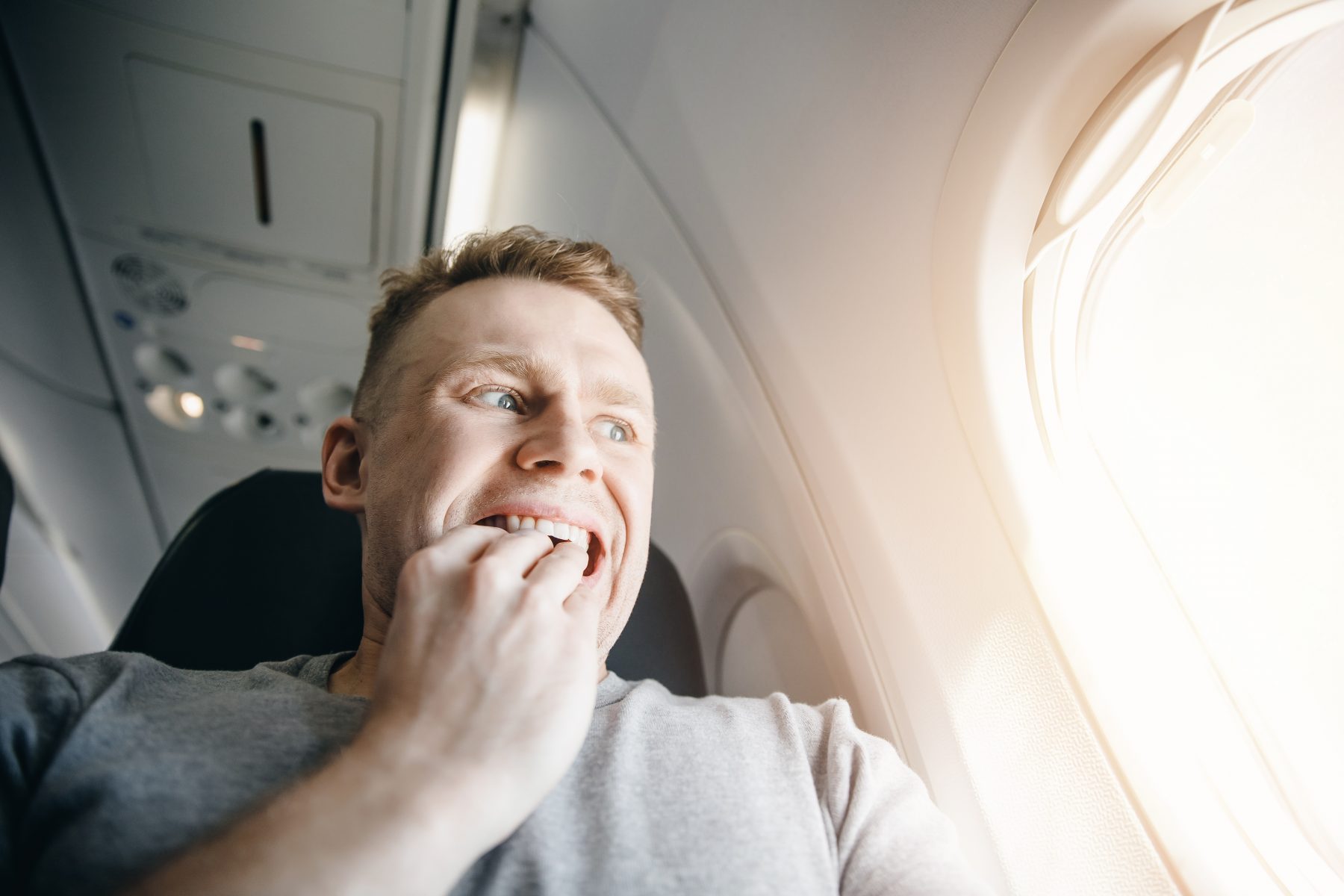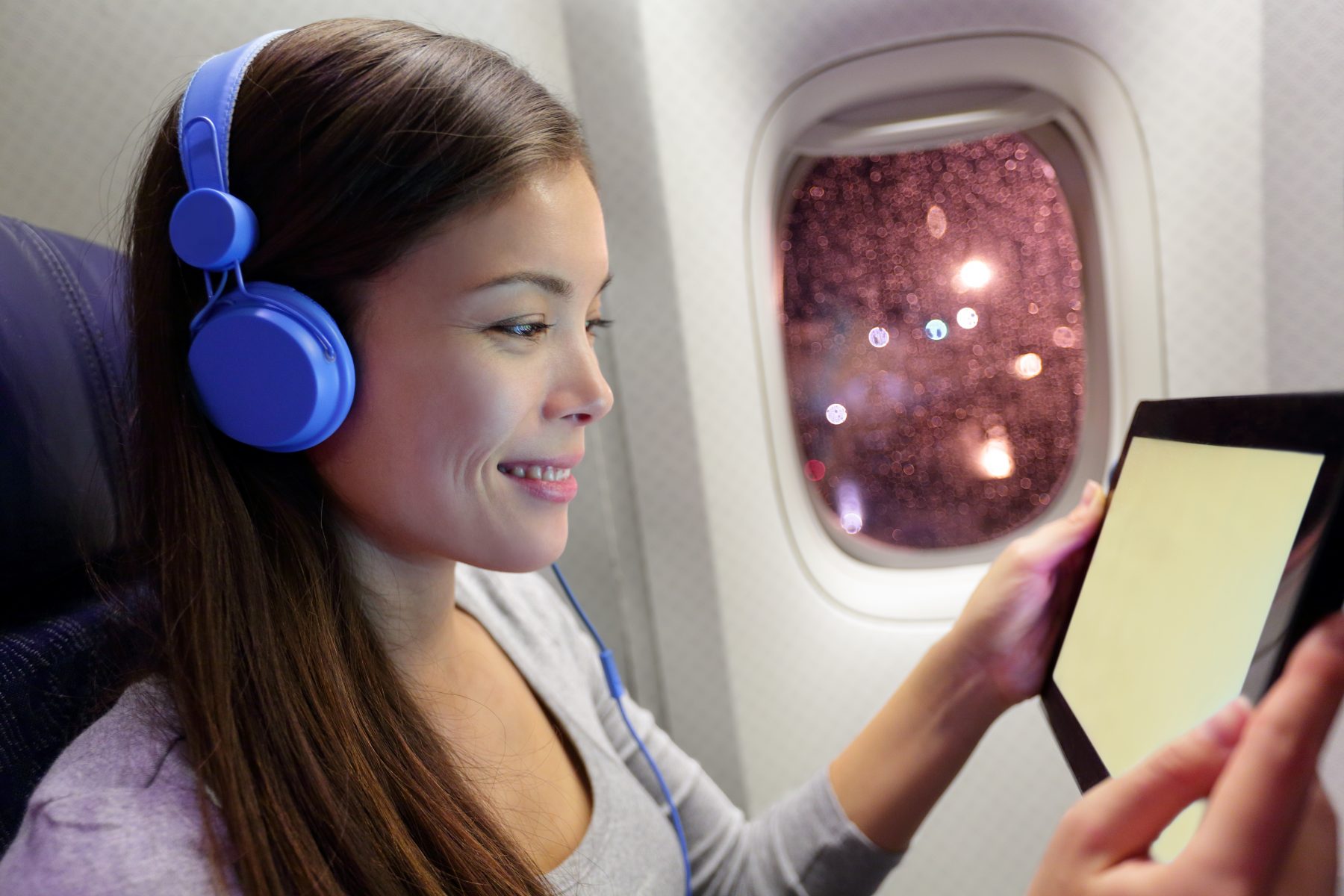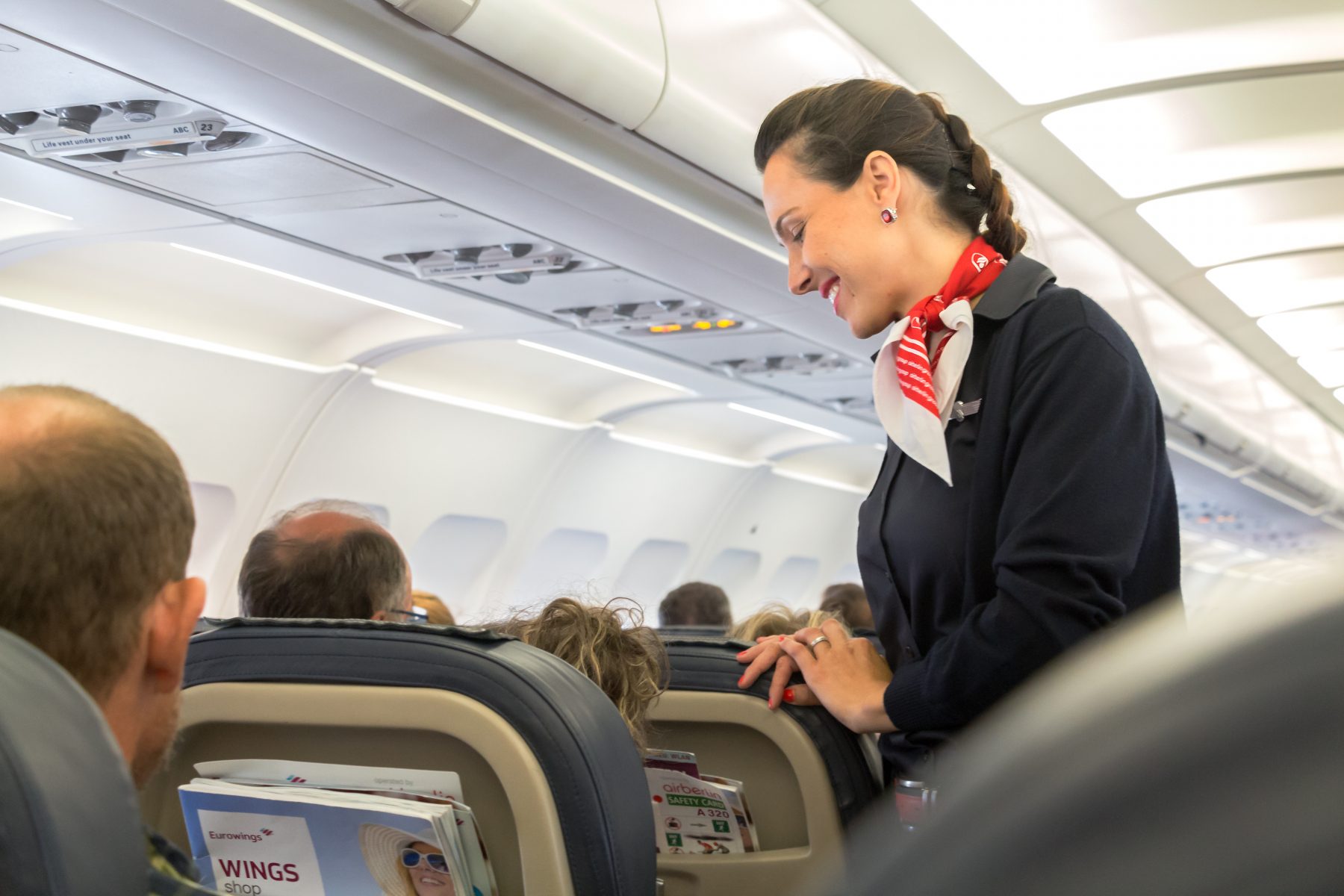25% of Americans have a fear of flying: Here are 8 tricks I use to eliminate it
Signing up for credit cards through partner links earns us a commission. Terms apply to the offers listed on this page. Here’s our full advertising policy: How we make money.
INSIDER SECRET: Using one of the best credit cards for travel to pay for your airfare will at least ease any anxiety you might have regarding making the most of your travel purchases.
Do you ever get nervous getting on a plane? If so, you are not alone. Nearly 1 in 4 Americans experience some type of flight-related anxiety each time they fly, and roughly 6.5% of Americans suffer from anxiety so bad that it is diagnosable as a phobia (known as aviophobia, the fear of flying).
I used to suffer from flight anxiety myself, which made vacations miserable. As much as I wanted to travel, the thought of getting on a plane was sometimes so insurmountable that I would simply opt out of an amazing vacation.
Today I have overcome that anxiety, fly nearly twice a month and really enjoy the experience. Here are eight ways that I overcame my flight anxiety, and hopefully you can, too.

The most effective tips for overcoming flight anxiety
Managing or overcoming flight anxiety can be a challenging endeavor. It takes time and requires you to put yourself in situations that make you uncomfortable. But the more you fly, the better you can learn to manage your anxiety or get rid of it entirely.
Understand aircraft safety
Many people’s anxiety is rooted in a fear of that flying is not safe. For them, it may be reassuring to know that the FAA requires extreme testing and maintenance of all planes in commercial use. These safety standards are designed to be far and above what is necessary. Know that the plane you are flying on has passed these rigorous tests.
For example, when planes are tested, their wings are put under such extreme force that they fold in an almost 90 degree angle before bouncing back into position. Plane wings are designed to bend and bounce and will not simply “snap off” during turbulence. Planes are tested to withstand multiple lightning strikes, strikes by entire flocks of birds, extreme arctic air and more. These tests are designed to make sure the plane can withstand more extreme conditions than it is likely to ever experience in actual service.
Plane engines are not only robust, but planes themselves are designed to fly for even extended periods of time on a single engine. In the unlikely event that an emergency does occur, planes are even designed (and their pilots are specifically trained) to safely land without any engine power at all.
All these factors and more make airplanes one of the most over-engineered pieces of equipment available in the world today.
Find your happy place
One of the best things I have done to overcome my flight anxiety is to create a new routine that is called “my happy place.” Routines are helpful in rewiring your brain away from negative emotions.
You don’t have to do a special dance in the aisle. Just a simple routine will do, especially one that can isolate you from the plane (which is the root of your fears). Negative associations with being on a plane can shift to the positive associations created by your new routine.
My happy place routine looks something like this:
- Find my seat early
- Get my Kindle and headphones out of my backpack
- Stash my backpack under the seat in front of me
- Put on my noise-canceling headphones
- Connect them to my iPhone
- Turn on calm music or sound effects
- Turn on my Kindle and start reading
I’ll start reading and doing all this long before the plane door ever closes. With my noise-canceling headphones on and my entire focus on my Kindle, I have no time to worry (or stress) about anything else.

While I am still aware that the plane is taking off or when the flight attendants stop by to take drink orders, I keep the majority of my focus on something else rather than the flight. That makes each trip something positive: a peaceful time to catch up on a good book or listen to some music and podcasts.
Fly on larger aircraft on long hauls
If turbulence, bumps or strange noises make you nervous while flying, then one simple choice can have a significant impact on your comfort: a bigger plane.
The larger the plane, the fewer bumps and turbulence you will feel. Many psychologists that specialize in the fear of flying suggest starting by flying on long-haul flights that use huge planes. Exposing yourself to “best case scenarios” before flying on smaller planes is a method called “exposure therapy,” and works to reassure your brain that there is nothing to fear.
Flying over oceans tends to be some of the smoothest flying you will find.
As you build up a tolerance and acceptance for these longer and more comfortable flights, try flying smaller and smaller planes. As you are more exposed to flying, you will feel more comfortable with it and your overall anxiety should decrease.
Get a seat over the wings
Seats over the wings are some of the best seats for people who get nervous when they feel turbulence, as these seats are in the area of the plane that experiences the least jumping when turbulence is encountered.
Search for non-stop flights
Another easy tip to make flight anxiety easier is to pick non-stop flights, as most fears and anxiety occur during the take-off and landing portions of the flight.
Watch the flight attendants
While I really don’t suffer from flight anxiety anymore, there are still moments when we hit extreme (or at least what feels extreme to me) turbulence and I will feel the adrenaline and fear rush back. In these moments there is one trick that I still rely on — watching the flight attendants. If the flight attendants aren’t nervous then there is no reason for you to fear either. This quickly puts me at ease.
Remember that the flight attendants fly two to five routes per day on the same planes.

Just like your car at home, they know which sounds are normal and which are not. They know if the turbulence is extreme enough to be cause for concern.
If you ever feel like something is happening that must be bad, just watch the flight attendants. Their demeanor and reactions will tell you that everything is normal and there is nothing to worry about.
Breathe, rest and meditate
Another extremely helpful way to ease your anxiety while flying is to try breathing or meditation exercises. There are online guides you can find and print out that will walk you through various meditations that you can try.
I find that I really enjoy guided meditations available through various apps. I have personally tried both Calm and Headspace and both are great options for those getting started. While Headspace offers more guided meditations than Calm, I ultimately preferred Calm because I like to play the sound effects (like a mountain stream, waves on a beach, or whale songs) and I really like its Sleep Stories. It is worth trying free trials of both to see which one you prefer.
You can do these meditations and breathing exercises with headphones in your seat. Most only will require you to close your eyes and focus on breathing. They are great exercises for calming down and removing anxiety without your seat neighbor even knowing what you are up to.
Get an app
Much to my surprise, there are many smartphone apps that you can download which are focused on helping manage or overcome flight anxiety. They include:
SkyGuru (iPhone & Android): One source of many people’s flight anxiety is not feeling in control or aware of what is happening in flight, and SkyGuru is perfect for people that want to know what the plane is doing. It provides upcoming turbulence predictions and plane telemetry data (like pitch, roll, elevation and more). This helps you better understand what the plane is doing, which often helps to calm your fears. TurbCast (For iPhone only): Another app that focuses on informing you of upcoming conditions. This app focuses primarily on turbulence predictions so you know what to expect during your flight. The mostly-positive reviews show that others who fear flying also have found this app’s information reassuring. SOAR (iPhone and Android): SOAR was designed by a real pilot, and aims to help eliminate your fear of flying through an extensive course, with exercises and guides. It is much more involved and can be effective for people who suffer from more extreme forms of flight anxiety. AmIGoingDown? (For iPhone only): This app simply allows you to search safety records for planes and specific flight routes to remind you how safe you are on a plane.Bottom Line
While having a fear of flying is common, eliminating it can be a ticket to experiencing incredible vacations. While everyone experiences anxiety differently, here are eight ways you can help manage a fear of flying:
- Understand aircraft safety
- Find your happy place
- Fly on larger aircraft and/or long hauls
- Get a seat over the wings
- Search for non-stop flights
- Watch the flight attendants
- Breathe, rest and meditate
- Get an app
Hopefully following just a few of these tips will help ease your anxiety, and get you up in the air and on your way to a great destination.
Editorial Note: We're the Million Mile Secrets team. And we're proud of our content, opinions and analysis, and of our reader's comments. These haven’t been reviewed, approved or endorsed by any of the airlines, hotels, or credit card issuers which we often write about. And that’s just how we like it! :)






Join the Discussion!